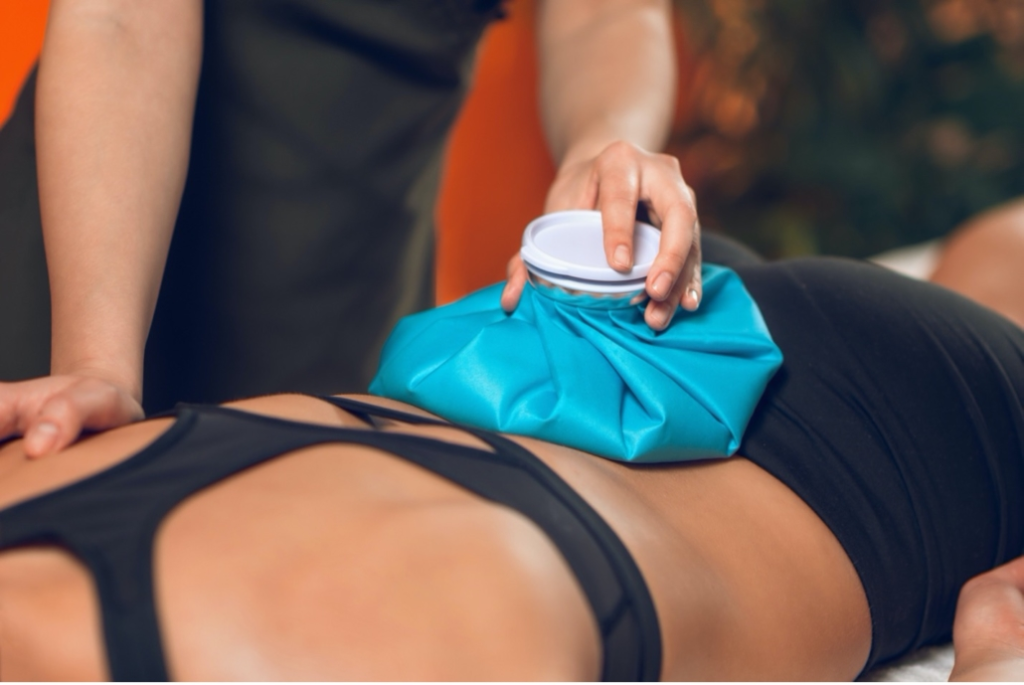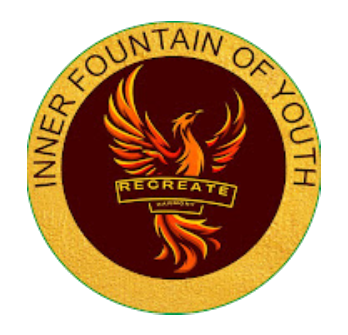1. Introduction to Cold Therapy
In medicine and fitness, people are widely discussing cold therapy and how it has become increasingly popular among athletes and even regular individuals. Everyone seems to be talking about cryotherapy trends, ice baths, and their impacts on health, from fitness enthusiasts to professional sports teams.
People seem to be obsessed with ice baths—why? Is there any benefit from these baths or evidence suggesting efficacy in recovery? In this blog, we will present the science behind the benefits and risks of cold therapy and discuss safety measures.

2. Science of Ice Baths
Cryotherapy is the term for cold therapy, which entails exposing the body to freezing or very low temperatures to promote healing. Body functionality can be restored in various ways such as ice baths, cryo chambers or cold showers.
Once you submerge yourself in an ice bath, you place your body in a static position and your body responds with the following:
- Constriction of blood vessels – Inflammation or swelling in the muscles reduces.
- Activation of the nervous system – Endorphins are released, and the body can improve mood post-exposure to cold.
- Improved circulation – Blood flow gets boosted once the cold substance is removed, aiding faster recovery.
Scientific investigations indicate that cold therapy improves muscle recovery, alleviates pain and positively affects mental well-being. That is why more individuals are willingly embracing this therapeutic recovery technique.
3. Physical & Mental Benefits
Physical Benefits of Cold Therapy
- Reduces Muscle Soreness—Professional athletes and exercise enthusiasts take ice baths after a workout to accelerate muscle recovery. The cold also helps mitigate muscle inflammation and soreness.
- Boosts Circulation – The constriction and subsequent dilation of blood vessels improves blood circulation, thus increasing the delivery of oxygen and nutrients to tissues.
- Enhances Immune Function – A few studies indicate that cold exposure facilitates the production of white blood cells, thereby bolstering immunity.
- Supports Weight Loss—Regular cold therapy application may stimulate brown adipose tissue, help burn calories, and regulate body temperature.
- Improves Skin & Hair Health – Cold water can improve the appearance of skin and hair. The skin pores are tightened, and the hair follicles are strengthened.
Mental Benefits of Cold Therapy
- Reduces Stress & Anxiety– The cold exposure engages the parasympathetic nervous system, which relieves stress.
- Boosts Mood – The happy hormones known as endorphins are produced in higher amounts in response to low temperatures.
- Increases Mental Toughness – Endurance is developed from the repetitive action of exposing oneself to ice-cold water.
- Improves Sleep Quality – Cold exposure assists in controlling melatonin levels, which makes people sleep deeper and better.
It’s easy to see why ice baths have so many benefits; even non-athletes are using cold therapy as part of their wellness regimen.
4. Risks and Precautions
Regardless of the cold therapy options available, one should be cautious, protect themselves, watch what is being done in therapy, and take additional precautionary measures.
Possible Risks of Ice Baths
- Hypothermia – Cold water for long periods can lower your body temperature to hazardous degrees.
- Shock Response – Sudden immersion into icy cold water can lead to difficulty breathing and strain on the heart.
- Nerve Damage—In some cases, Improper methods of applying extreme cold can lead to severe frostbite injuries.
- Increased Blood Pressure – Consult your physician before trying cold therapy if you are a highly hypertensive patient.
Precautions to Take
- Start Slowly – transition to ice baths after cold showers if you are new to cold therapy.
- Limit Exposure Time– To prevent too much cooling, Restrict time spent in an ice bath to 10 -15 minutes maximum.
- Monitor Your Body– Exit the water immediately upon experiencing numbness, dizziness, or shivering.
- Warm Up Afterwards– After an ice bath, do light exercises or drink warm beverages to help normalize body temperature.
By taking these steps, you will experience the ice bath benefits with minimal risks.
5. How to start safely
If you are interested in trying cold therapy, here is a simple step-by-step guide to help you start safely
Step 1: Start with a cold shower
- Start by completing the regular shower with cold water in 30 seconds.
- Carefully increase the risk of cold in a few weeks.
Step 2: Try a partial ice bath
- Load a bathtub with cold water and add some pieces of ice.
- Dip your legs and legs to use for the first temperature.
Step 3: Snow baths throughout the body
Fill the tub with ice and water and maintain the temperature between 10-15 ° C (50–59 ° F).
- Reduce your slowness in an ice bath, and check your breath.
- StayStay for 1-2 minutes and gradually increase to 10-15 minutes.
Step 4: Heat up after bathing
- Wear dry and warm clothes immediately.
- Drink herbal teas or make light movements to restore the heat.
Step 5: Stay consistent
Practice cold therapy 2-3 times a week to experience the full advantages of an ice bath.
Conclusion
An athlete doesn’t have to be professional to benefit from cryotherapy. Cold therapy is one such trend that is being used extensively for recovery and building mental resilience.
Understanding the necessary precautions, the science of ice bath benefits, and following a safe routine can maximize the potential of this incredible healing modality.
Are you ready to take the plunge? If so, remember to begin at a slow pace, prioritize safety, and enjoy the benefits of cold therapy.


